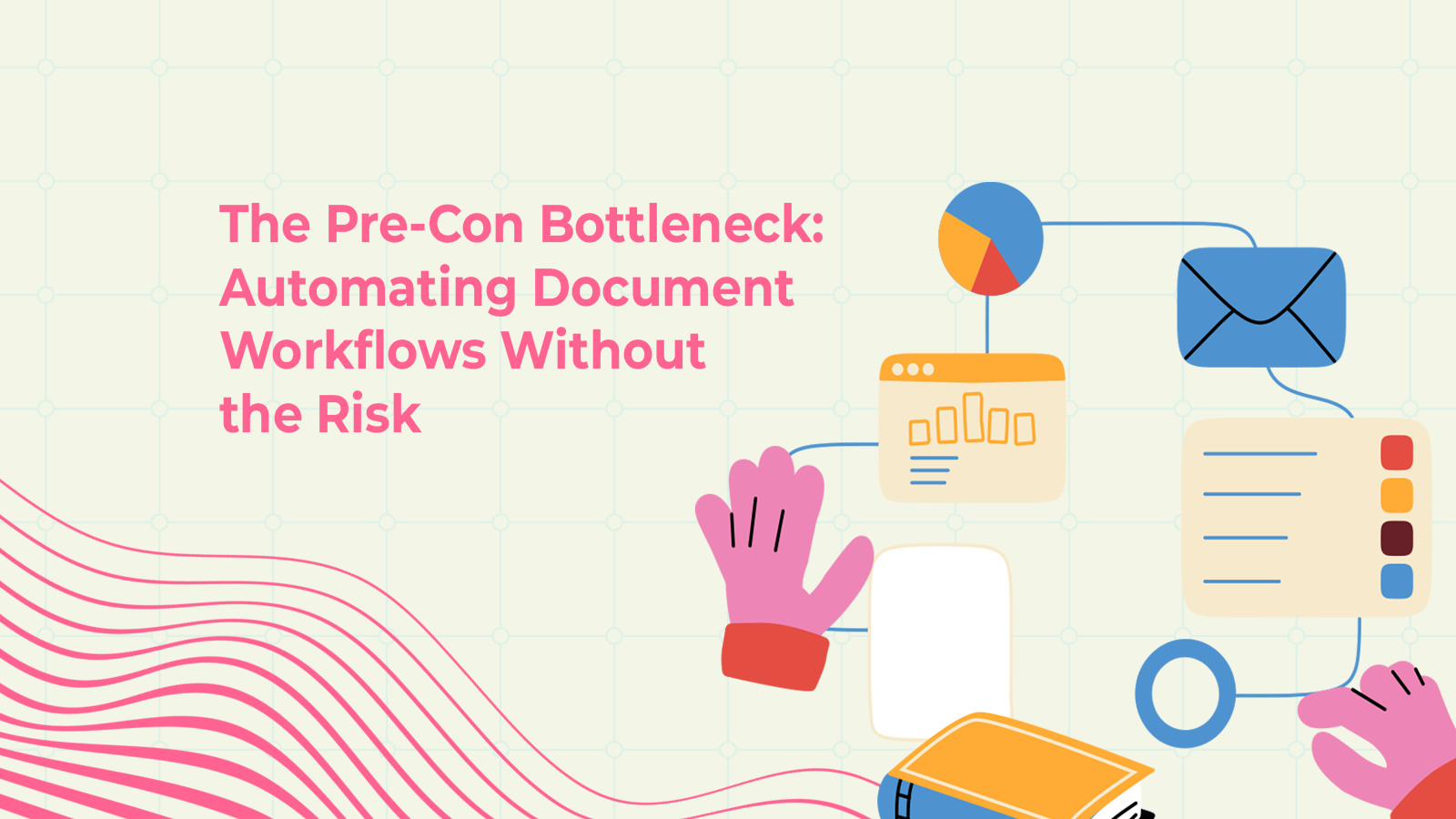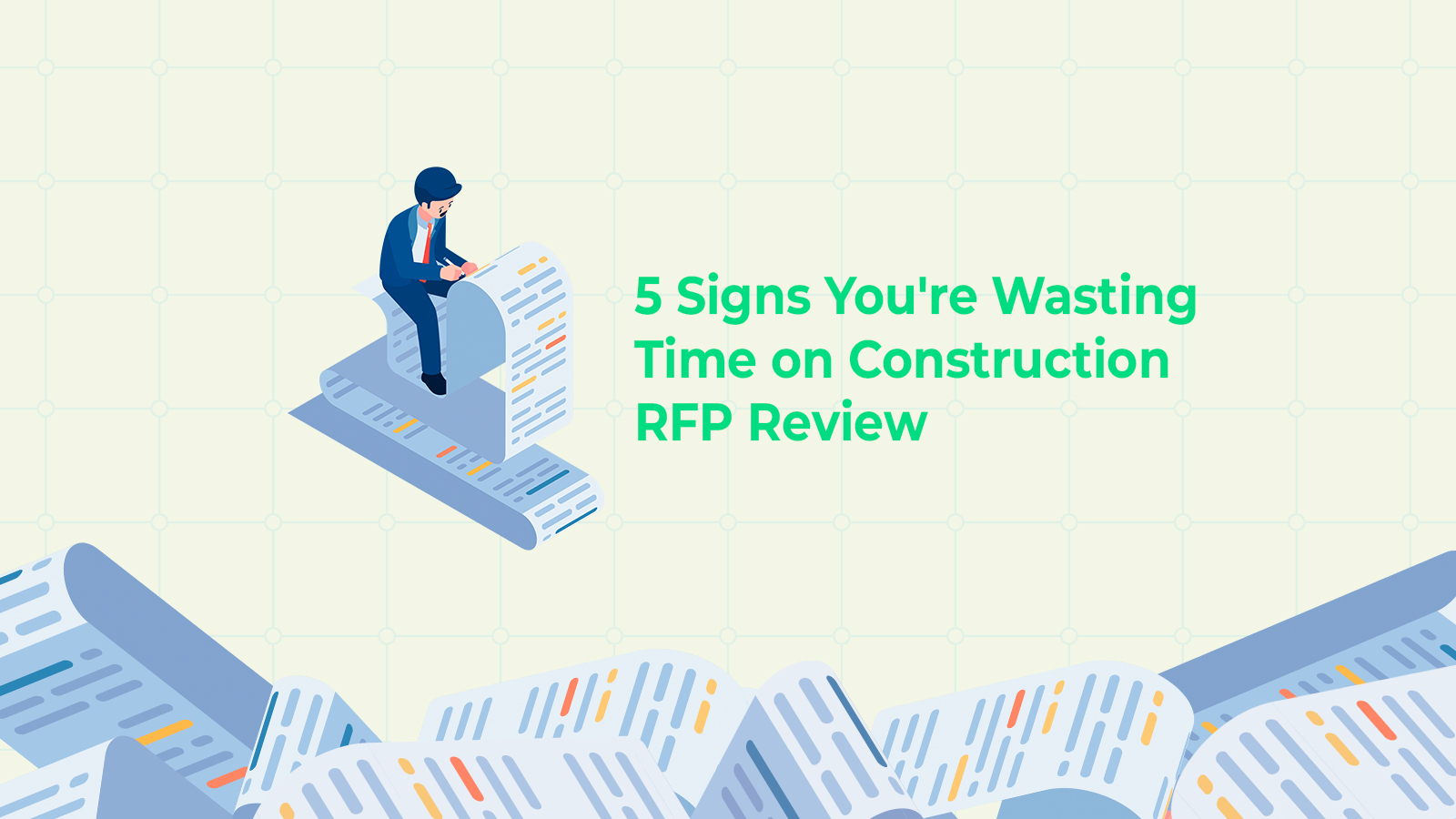The Most Expensive Spreadsheet in Your Company
You know the one. It might be called the “Master Production Schedule,” the “Weekly Status Tracker,” or just “Brenda’s Report.” It’s the spreadsheet everyone depends on, and the one that someone has to spend hours manually updating by copying and pasting data from three different systems.
That spreadsheet is a symptom. It’s a physical representation of the hidden cost of data silos. This is a problem that runs much deeper and is quietly costing you a fortune.
The real problem isn’t the spreadsheet; it’s the gaps between your essential tools. It’s the data silos that force your best people to act like human APIs, wasting their time and talent bridging systems that refuse to talk to each other. This isn’t just an IT headache; it’s an invisible tax on your entire operation.
In this article, we’ll show you how to stop thinking about the problems with data silos as a frustrating nuisance and start seeing them as a massive, measurable line item on your budget. One you can finally erase.
Calculating the Tangible Costs of Disconnected Data
The frustration of disconnected systems is obvious. But the financial drain is often hidden in plain sight. This is the true cost of data silos: a tangible expense buried across payroll, operational delays, and missed opportunities. When you start calculating it, the numbers are staggering.
The Payroll Drain: Your Best People Doing Low-Value Work
Think about your most skilled operators, analysts, and managers. How much of their day is spent not on their actual jobs, but on the mind-numbing task of hunting for information or manually moving it between systems? Every hour they spend acting as a human copy-paste machine is a direct hit to your bottom line.
This isn’t a small problem. According to a 2023 report from Asana, knowledge workers spend 58% of their day on “work about work” — tasks like searching for information and managing shifting priorities — instead of the skilled, strategic work they were hired to do. That’s more than half the payroll for your most expensive employees spent on managing friction, not driving value. This is the real manual data entry cost.

The Opportunity Cost: The Price of Being Slow
Even more damaging than wasted time is the cost of delayed decisions. The true cost of data silos and fragmentation is measured in lost opportunities. When your data is scattered, your business is slow.
- A manufacturing line sits idle while a manager tries to verify inventory from a report that’s 24 hours out of date.
- A field service tech has to make a second trip because the dispatch system didn’t have the right customer history from the CRM.
These aren’t just inconveniences; they are moments where revenue is lost, customer trust erodes, and competitors pull ahead. Research firm Gartner estimates that poor data quality costs organizations an average of $12.9 million every year. That’s the price of making critical decisions with one hand tied behind your back.
Why Haven’t We Fixed This? The Failure of Old Solutions
If the cost of data silos is so high, you’ve probably tried to fix it already. You’ve sat through the demos, you’ve bought the tools, and yet, the problem persists. That’s because the traditional solutions were built to solve the wrong problem.
They treat the symptoms, not the disease, leaving you playing a frustrating game of digital whack-a-mole.
- Data Lakes (like Snowflake, Databricks): You were told to dump all your data in one place. But a data lake often becomes a data graveyard. It’s a massive, raw, and disconnected storage container. It’s great for historical analysis, but it’s too slow and divorced from day-to-day operations for your teams and tools to use in real time.
- Integration Platforms (like MuleSoft, Boomi): You tried to connect your apps with point-to-point integrations. But these tools are just digital duct tape. Each connection is a brittle, custom-coded project that breaks the moment a system is updated. You spend more time maintaining the integrations than benefiting from them.
- Workflow Tools (like Zapier, n8n): You automated simple tasks between apps. These tools are great for basic triggers, but they are isolated robots. They have no central understanding of your data. They just move bits of information from A to B, and if one step fails, the whole fragile chain breaks, leaving you to clean up the mess.
The core insight is this: the problem isn’t your apps. Your teams use purpose-built tools because they are good at their jobs. The goal was never to find one mythical all-in-one app. The goal is to connect the tools you already have.
The Path Forward: From Silos to a Live Data Layer
So, how do you connect everything without the brittle duct tape and data graveyards?

You stop focusing on point-to-point fixes and instead build a foundation designed to eliminate the cost of data silos for good. The solution is a live, shared data layer. A central hub where data from all your apps, spreadsheets, and systems comes together, stays in sync, and becomes instantly usable by any team or tool that needs it.
This approach lets you keep your apps and lose your data silos. Instead of patching together a dozen fragile connections, you give your entire business one reliable source of truth to run on.
With a live data layer, you can finally:
- Connect Everything. First, you bring all your scattered data from the ERP, the CRM, the MES, and every critical spreadsheet into one live, organized source. Everything is continuously synced, so every team and tool is always working with the same real-time information.
- Build with AI. Once you have a reliable data foundation, you can build powerful, AI-driven workflows and automations on top of it. These aren’t fragile, single-task automations; they are robust processes that run across your entire organization and don’t break when a tool changes.
- Launch What You Need. With direct access to all your connected data, you can spin up the lightweight apps, dashboards, and reporting tools your teams have been begging for in days, not months. You get the exact tools you need without waiting for massive development projects.
This isn’t just another integration. It’s a new, more resilient way to run your business. A foundation for being faster, smarter, and more connected.
Stop Paying the Silo Tax
The cost of data silos isn’t a vague IT problem, it’s a real and significant drain on your budget, your team’s morale, and your ability to innovate. These operational inefficiencies are the invisible tax you pay every day for being disconnected. But you don’t have to accept this as the cost of doing business. You can stop patching systems with brittle integrations and start building on a solid foundation that unlocks the true potential of your teams and your existing tools.
That “$100,000 spreadsheet” isn’t just a headline. It’s a real expense, and chances are, it’s costing you more than you think. Ready to find out your real number?
Use our free ROI Calculator to quantify the cost of data silos in your organization. Get your personalized estimate in under two minutes.
How much is your data workflow costing you?
Check out our calculator to get an idea of how much data fragmentation is really costing you
Calculate my costsOr, Take the Next Step:
No high-pressure sales pitch, just a practical plan to move forward.


